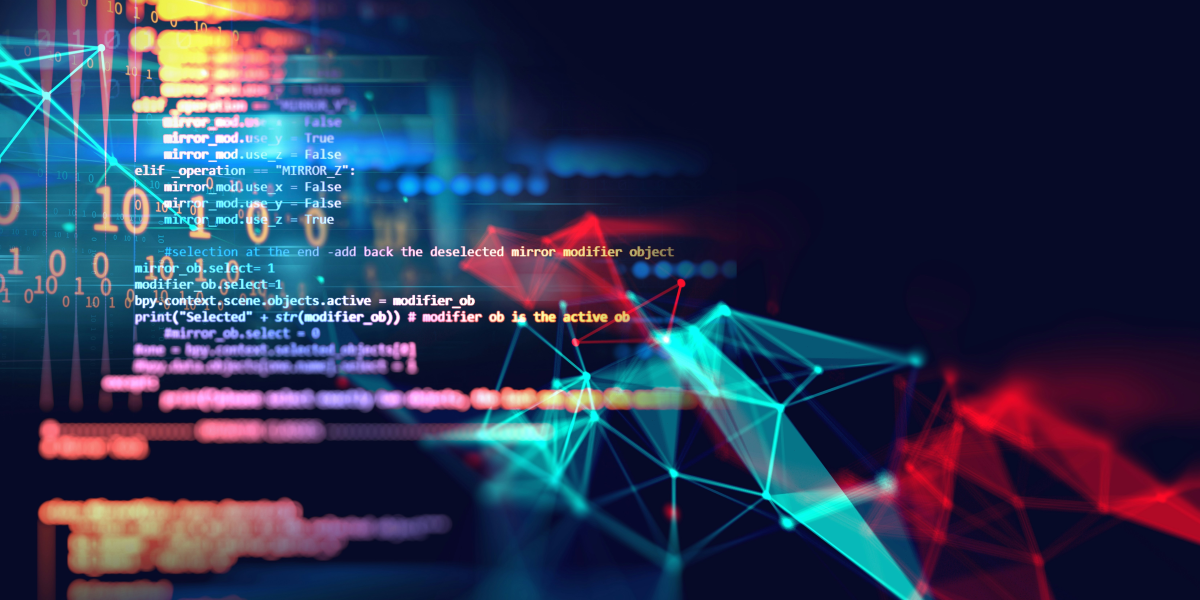The digital landscape is evolving rapidly, and so are the challenges associated with safeguarding data. Cybersecurity, once a consideration for only high-tech industries, has now become a critical aspect for every organization and individual. As cyber threats become increasingly sophisticated, the urgency to prioritize security has never been more apparent.
Why Cybersecurity Matters More Than Ever
Data is widely regarded as a valuable asset in today’s digital landscape, so protecting it is important. Nearly every sector, from financial institutions to healthcare providers, relies on digital infrastructures that house sensitive data.
Cyber attacks, including data breaches and ransomware, have escalated in frequency and impact. These incidents result in financial losses and compromise user trust. Therefore, a strong cybersecurity framework is essential for any organization that wants to protect its resources, maintain compliance, and foster trust with customers.
Key Threats in the Current Cyber Landscape
Cyber threats have diversified and become more sophisticated over time. Understanding these threats is the first step toward defending against them. Some of the primary challenges include:
Ransomware Attacks: Criminals encrypt sensitive data and demand payment to restore access. This type of attack has significantly increased in recent years.
Phishing Scams: Often disguised as legitimate emails, phishing scams trick users into sharing personal information, leading to potential data breaches.
Insider Threats: Employees or contractors with access to critical data misuse it, intentionally or accidentally, compromising the organization’s security.
Advanced Persistent Threats (APTs): These are prolonged, targeted attacks by cyber criminals, often focused on espionage or sabotage.
Recognizing these threats allows organizations to tailor their defenses and take proactive measures.
Best Practices for Enhancing Cybersecurity
With the expanding cyber threat landscape, businesses must adopt comprehensive cybersecurity measures. The following practices can strengthen an organization’s security posture and minimize risks:
1. Implement Multi-Factor Authentication (MFA)
Using MFA adds an additional security layer beyond just passwords. This method verifies the user’s identity through multiple credentials, making it much harder for unauthorized users to gain access to sensitive information.
2. Regular Employee Training
Human error remains one of the biggest vulnerabilities in cybersecurity. Regularly training employees to recognize phishing attempts, secure their devices, and follow data protection protocols can prevent many potential breaches.
3. Data Encryption
Encrypting sensitive information ensures that, even if a data breach occurs, the data remains unreadable without the decryption key. This process is crucial for protecting personal and financial information.
4. Develop an Incident Response Plan
Having a clear response plan for data breaches or cyber-attacks can minimize damage and speed up recovery. This plan should include steps for isolating compromised systems, notifying stakeholders, and assessing the scope of the breach.
5. Regular Software Updates
Outdated software often contains vulnerabilities that cybercriminals can exploit. Regularly updating software and applying security patches promptly are essential steps in keeping systems secure.
The Role of Government Regulations in Cybersecurity
Government regulations play a vital role in setting standards and encouraging organizations to implement best practices in cybersecurity. Laws such as the General Data Protection Regulation (GDPR) in Europe and the California Consumer Privacy Act (CCPA) in the United States mandate stringent data protection measures and impose fines for non-compliance. Adhering to these regulations ensures legal compliance and reinforces customer trust. With growing legislative attention on data protection, companies must stay informed about regulatory changes and prioritize compliance to avoid penalties and reputational damage.
Cybersecurity for Individuals: Protecting Personal Data
Individuals play a crucial role in cybersecurity. Personal data has become more vulnerable with the increasing use of connected devices and social media. Here are steps individuals can take to secure their information:
Use Strong Passwords and a Password Manager: Complex, unique passwords make it harder for hackers to gain access. Password managers can help store and manage multiple complex passwords.
Enable Two-Factor Authentication (2FA): Just like MFA for businesses, 2FA provides an extra layer of security by requiring two forms of identification to log in.
Be Cautious with Public Wi-Fi: Public Wi-Fi networks are often less secure, making it easier for hackers to intercept data. Using a virtual private network (VPN) can add a layer of encryption and protect data on public networks.
Regularly Monitor Bank and Credit Card Statements: Checking financial statements frequently can help individuals detect fraudulent activity early and take corrective action quickly.
Looking Ahead: The Future of Cybersecurity
As technology continues to advance, the cybersecurity landscape will evolve accordingly. Innovations such as artificial intelligence (AI) and machine learning (ML) will enable organizations to detect threats in real time and respond proactively.
However, as defenses improve, so will cybercriminals’ tactics. Future cybersecurity efforts will likely focus on leveraging AI to predict and mitigate risks before they escalate.
Both organizations and individuals are responsible for safeguarding data. We can collectively build a safer digital environment by staying informed, implementing robust security practices, and adopting a proactive approach.
Disclaimer: While technological advancements like AI and machine learning may improve threat detection, they are not immune from all cybersecurity threats.
Published by: Khy Talara














